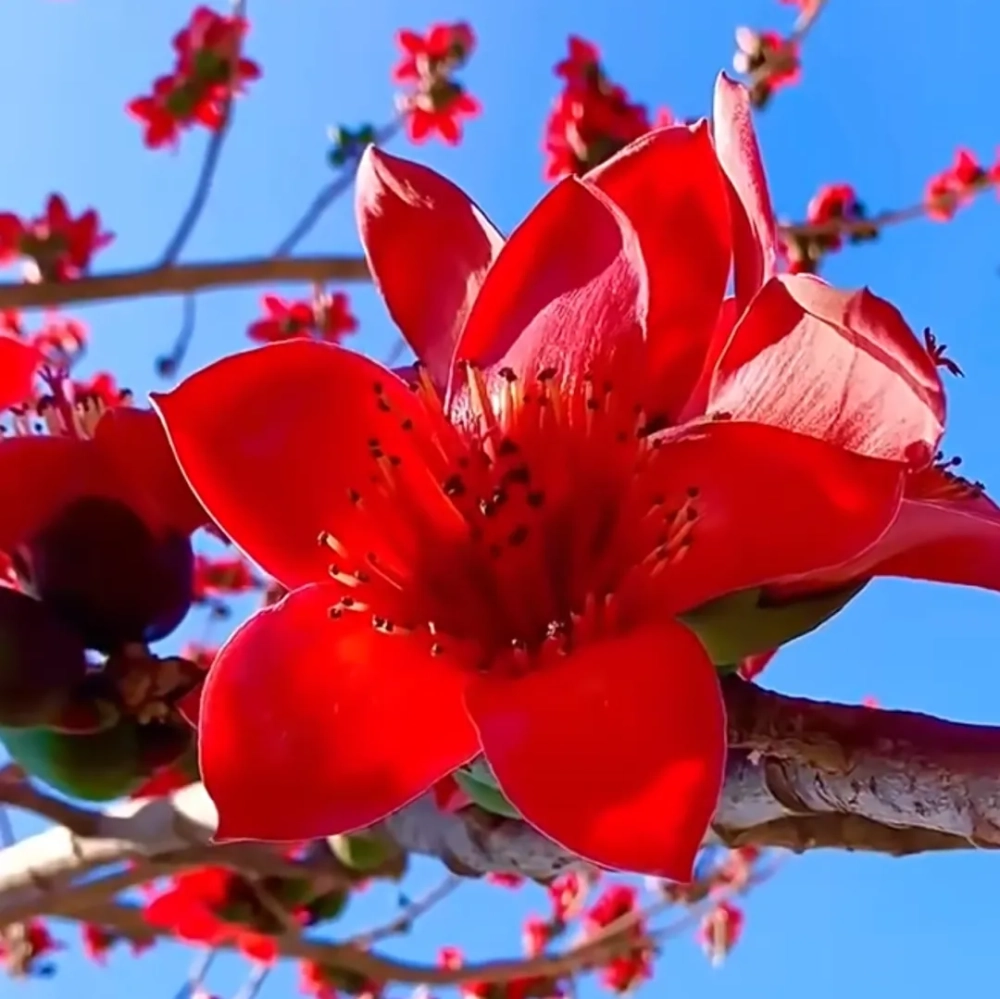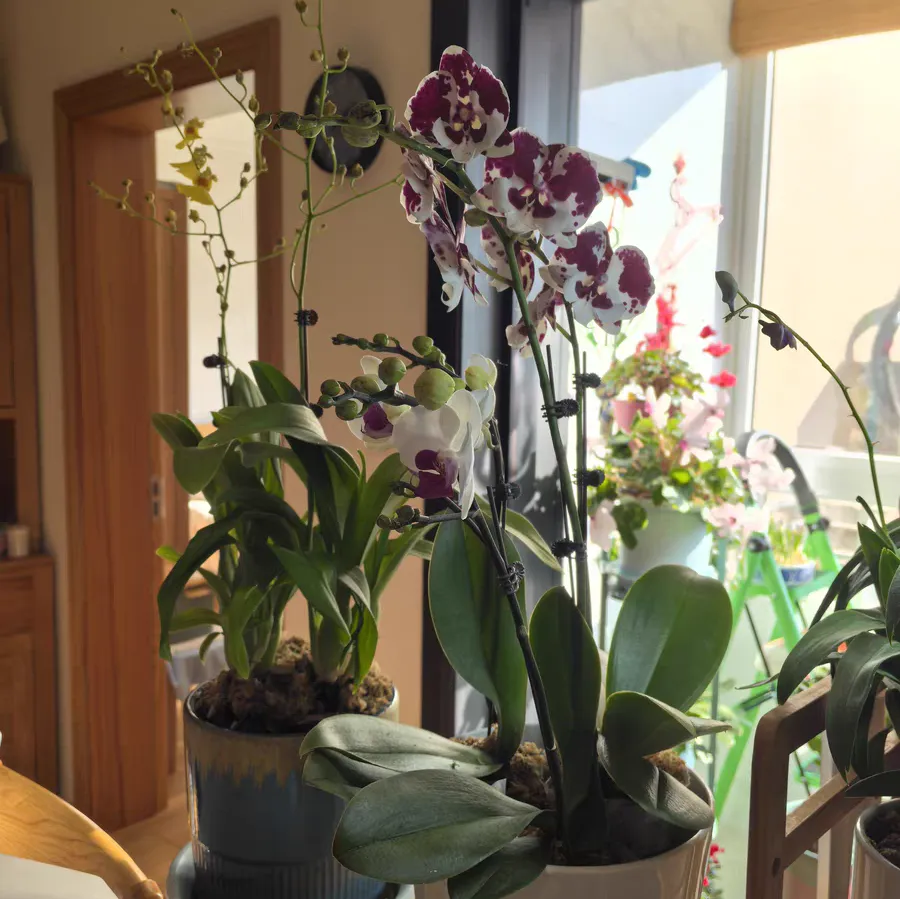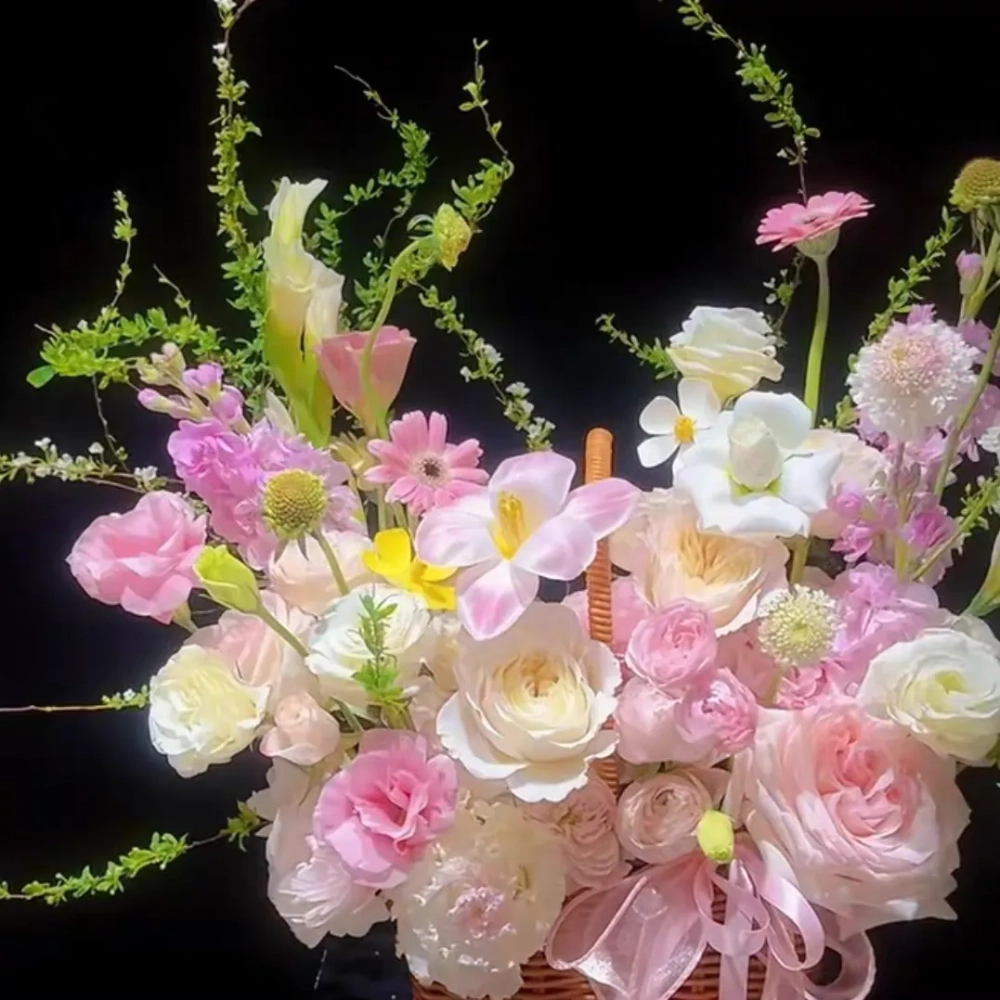Hello everyone. Today, I'm going to introduce the Chorisia speciosa in detail.
The Chorisia speciosa, also known as Ceiba speciosa, is a deciduous tree in the genus Ceiba of the Malvaceae family. It is native to Brazil and Argentina in South America and has been widely cultivated around the world, especially in Guangdong, Guangxi, Fujian, Hainan and other places in China. The Chorisia speciosa can grow up to 10 - 15 meters tall. Its crown is umbrella - shaped, the trunk is straight, and the lower part is enlarged like a wine bottle. This unique shape gives it high ornamental value.
So, why does the Chorisia speciosa have thorns? The thorns on the trunk of the Chorisia speciosa are a self - protection mechanism. In the wild, to prevent animals from gnawing on its flowers, branches and leaves, the trunk cortex of the Chorisia speciosa grows dense sharp thorns. These thorns are called "tuberculate thorns". When an animal rubs against the trunk, it will be pricked away, thus achieving the purpose of self - protection. However, when the Chorisia speciosa reaches a certain age and the trunk is thick enough, these thorns will gradually fall off.
The flowering period of the Chorisia speciosa is generally from September of each year to January of the following year, with the peak flowering period from October to December. In the autumn and winter when other plants are gradually withering, the Chorisia speciosa is in full bloom with light purple - red flowers, whose centers are white, making it particularly eye - catching. These flowers add a touch of romantic color to the cold winter, making it a beautiful sight in the autumn and winter.
Maintenance methods:
Light: The Chorisia speciosa likes an environment with sufficient light, but it can also tolerate a little shade. Therefore, when planting, choose a place with sunlight but not exposed to direct sunlight.
Soil: The Chorisia speciosa has low requirements for soil and can adapt to acidic, neutral and slightly alkaline soils. However, it grows better in sandy loam or alluvial soil with loose soil layers and good drainage.
Watering: The Chorisia speciosa is slightly drought - tolerant and afraid of waterlogging. During the peak growth period (from March to October), ensure sufficient water, but do not over - water to avoid root rot. Reduce the amount of watering in winter.
Fertilizing: If the soil is fertile, apply organic fertilizer and compound fertilizer once every 1 - 2 months. If the soil is poor, fertilize once every 20 days. When fertilizing, be careful not to over - fertilize to avoid harming the plant.
Why does the Chorisia speciosa have thorns?

Share with
Tagged in :




Leave a Reply